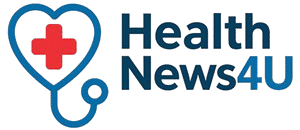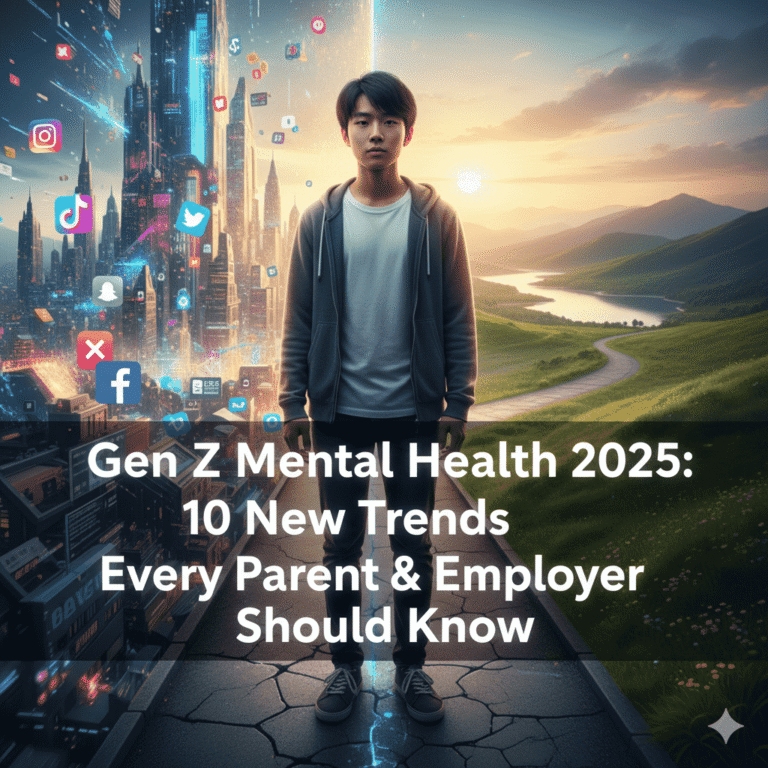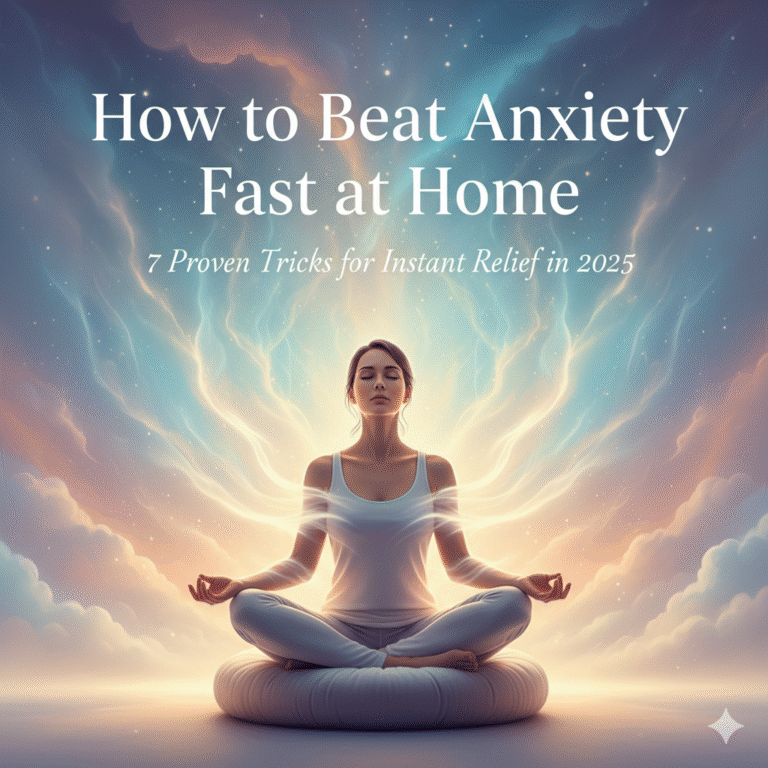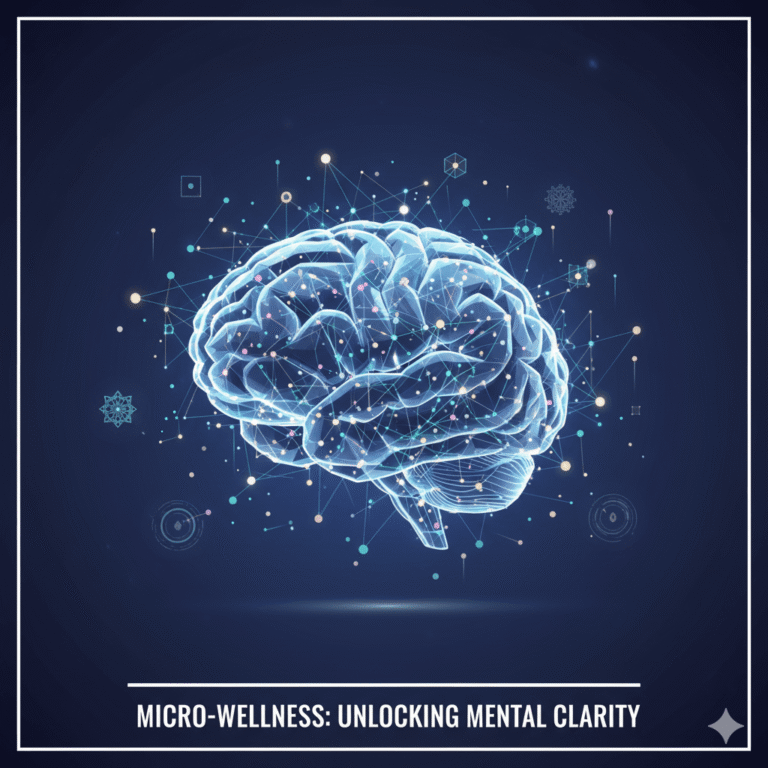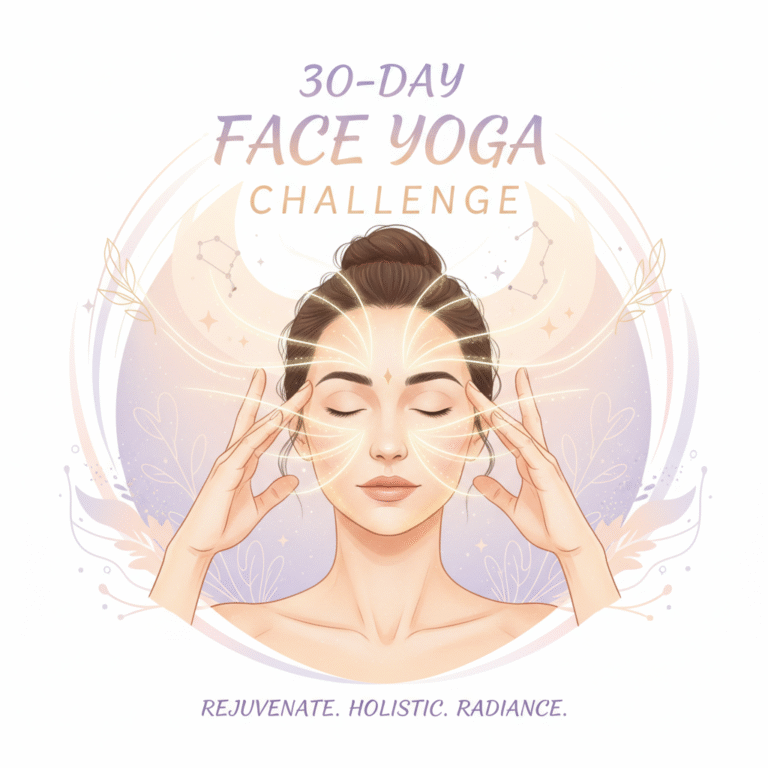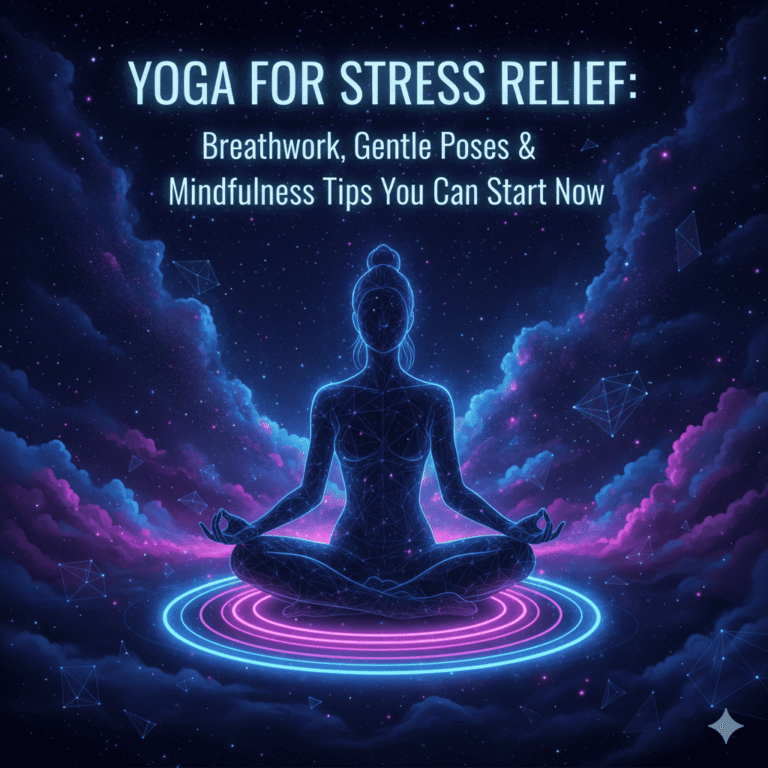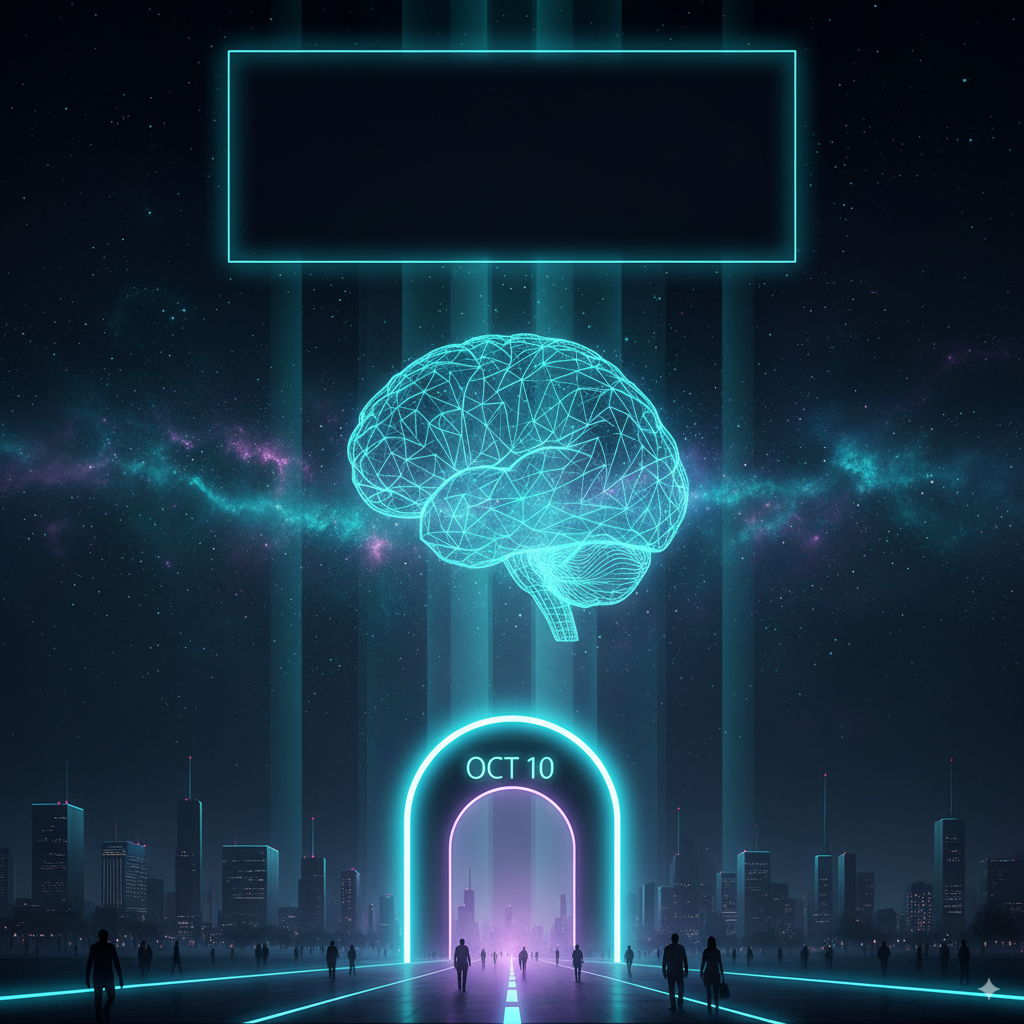
Every 10 October, World Mental Health Day 2025 invites communities to pair awareness with small, practical steps that make help easier to reach at home, in classrooms, and across workplaces. The aim is simple: explain the world mental health day theme 2025 in plain words, then deliver ready world mental health day ideas, world mental health day captions, and world mental health day templates so planning is easy, inclusive, and fast.
What is World Mental Health Day?
World Mental Health Day is a global observance dedicated to raising awareness and improving understanding of mental health, with a fixed date of 10 October each year. The day works best when people learn one small skill, locate trustworthy resources, and take one next step toward care—because those actions turn a message into support that actually reaches people.
Theme explained in simple words
The world mental health day theme 2025 centers on making access and everyday support part of daily routines rather than a one‑day promise. That is why short sessions that teach a grounding or breathing reset and then signpost to help are so effective; a clear way to communicate the theme is a three‑part promise: learn one skill today, share one resource, and take one small step this week that strengthens mental health in ordinary moments.
Essential plan for the day
- One‑line theme explainer that sets tone and psychological safety.
- A two‑minute skill demo anyone can repeat.
- A resource sheet or world mental health day toolkit with helplines.
- A few minutes for reflection to choose one habit for the week.
- A simple follow‑up invite to keep the practice alive.
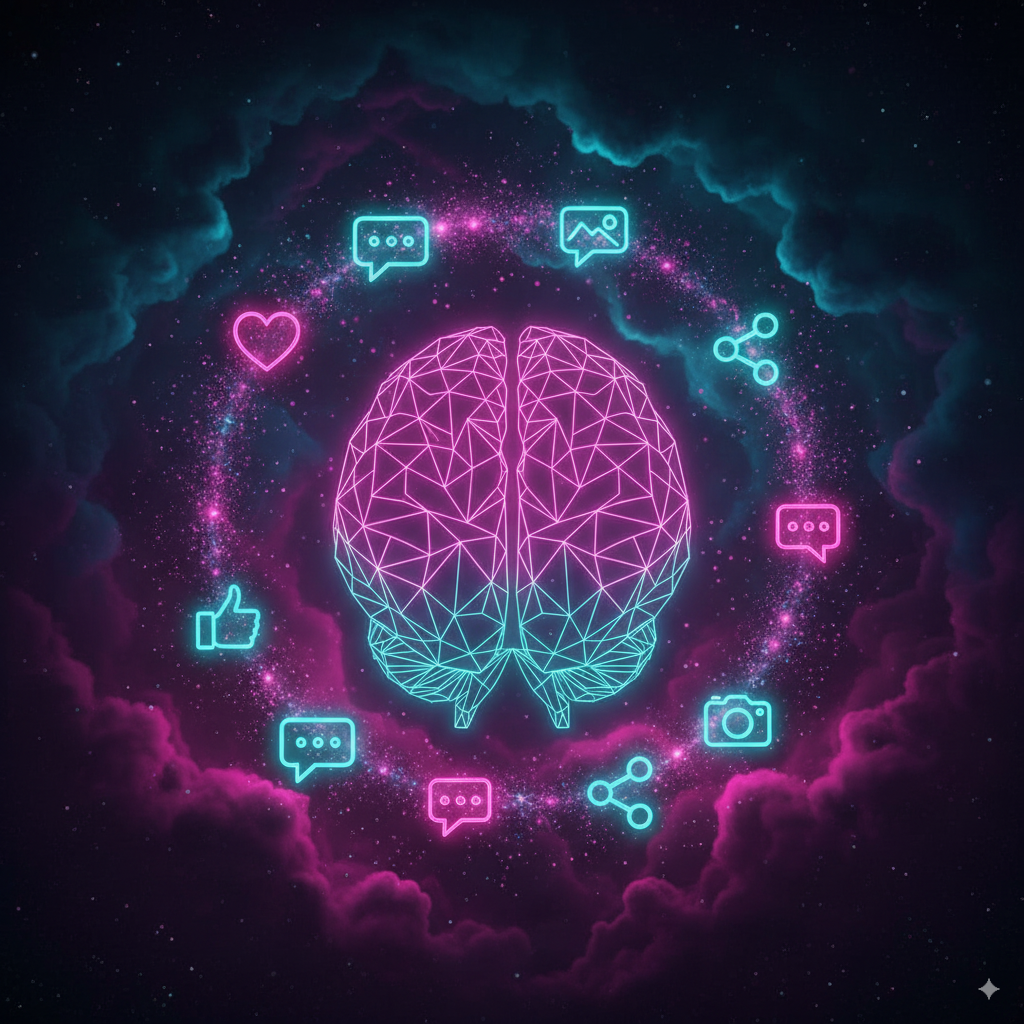
Workplace ideas that actually work
Schedule a 45–60 minute program that opens with a warm welcome and a plain‑language summary of World Mental Health Day 2025, then guide a short grounding or breathing practice so everyone experiences a felt benefit. After a brief peer exchange where colleagues share low‑pressure resets that fit real workdays, close with routes to support, including internal services and national helplines, plus an optional sign‑up for a month of micro‑habits to extend the impact beyond October 10. This flow respects attention across in‑office, hybrid, and remote teams.
School and college ideas that engage
In classrooms, blend the observance into normal learning by opening with a short check‑in, explaining the theme in two sentences, and practicing a sensory or breath‑based reset that students can use before exams. End with a resource slide and a take‑home note that includes a world mental health day resources pdf so families can practice together, which increases school‑to‑home carryover and normalizes mental health as a learnable skill.
Community and creator ideas
For community centers and creators, run a week‑long arc that starts with the theme, moves into a simple skill demo, and ends with a local resource fair, a livestream Q&A, or a story collection that highlights coping strategies. This approach turns views and likes into participation and support, especially when posts link to helplines and localized resource hubs so people can act immediately.

Captions that convert attention to action
Short, specific captions carry the message further than generic inspiration. For example: “It’s World Mental Health Day 2025—learn one skill, share one resource; try this 60‑second reset and save for later.” Platform‑wise, LinkedIn favors benefit‑first lines like “30‑minute skill session + world mental health day toolkit,” while Instagram responds to saveable carousels and simple reels with one practice and one resource link.
Hashtags and the timing that works
Use one global tag and one contextual tag to keep posts clean—#WorldMentalHealthDay with #WorkplaceWellbeing or #StudentMentalHealth—and rely on strong copy rather than long tag lists. Publish an announcement early week, a reminder with a micro‑skill midweek, and a day‑of post with gratitude and a link to resources; after events, share takeaways and helplines to extend the life of the campaign.
Free templates that save hours
A complete starter kit includes world mental health day templates for posters, a modular slide deck, and world mental health day email templates. Posters should be high‑contrast with one clear headline and a QR to the registration or resource hub; slides can follow five theme slides, three practice slides, and two support slides; emails should be under 160 words with an RSVP block above the fold.
Posters, slides, and email copy
High‑readability world mental health day posters use minimal words and strong contrast so they work on noticeboards and mobile. Slides benefit from large fonts and one idea per slide, plus a short script for a two‑minute practice so every attendee tries the skill. Email subject lines like “World Mental Health Day: 30‑minute skill session + free toolkit” perform well because they state the benefit and time cost upfront.
Social and email checkpoints
- One core hashtag + one contextual hashtag per post.
- A single link or QR to reduce friction.
- Subject lines that state benefit and time.
- Alt text that mentions posters, slides, or templates.
- A recap post with helplines and takeaways after the event.
Regional and inclusive resources
Include country‑specific helplines and accessible formats such as captioned videos and printable PDFs. A quiet‑room sign template and a respectful‑language note make events more welcoming to neurodivergent participants and people living with disabilities, turning a general campaign into a shareable community resource.
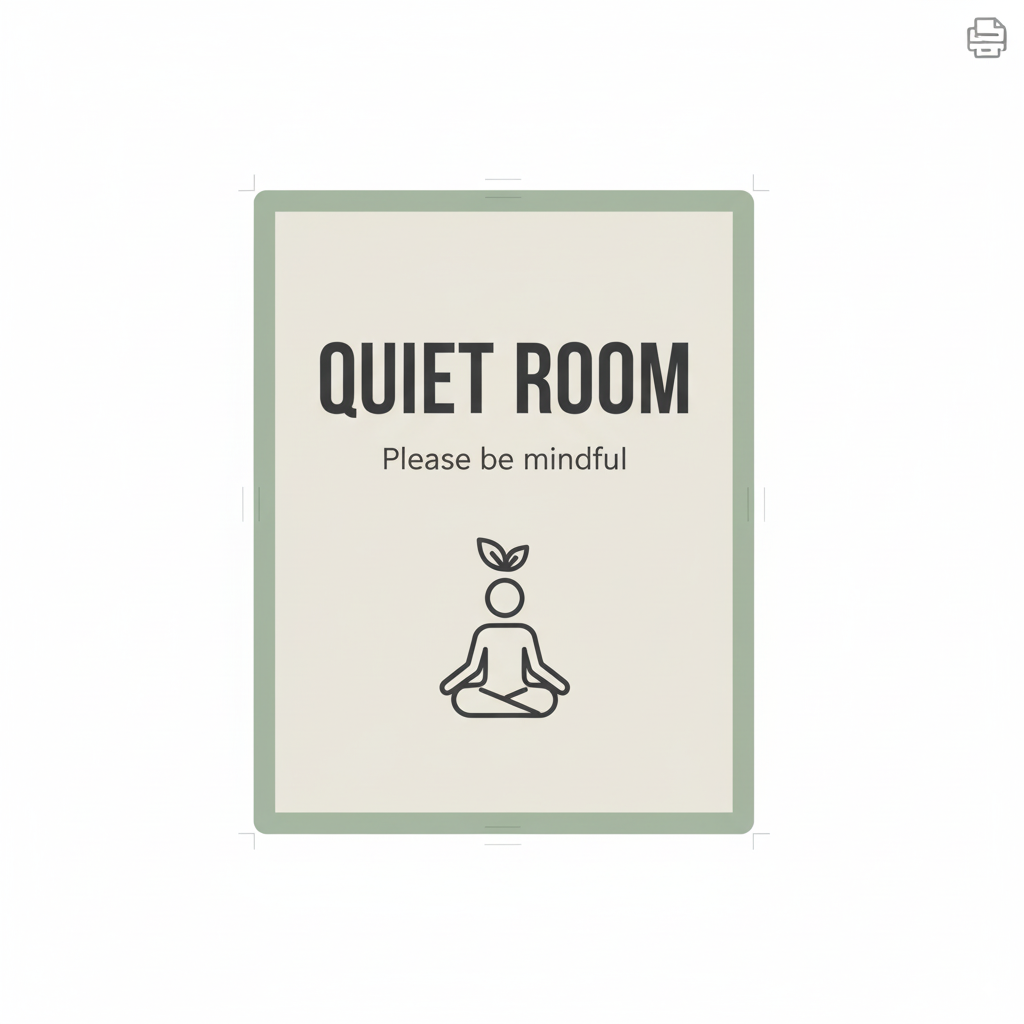
Conclusion and next steps
To honor World Mental Health Day 2025, keep the promise small and repeatable: explain the theme clearly, teach one skill everyone can use today, and point to help that people can reach privately and quickly. Use the world mental health day ideas, world mental health day captions, and free templates above to run a 45‑minute session that feels inclusive, practical, and safe; then extend the impact with a short monthly practice and an evolving world mental health day toolkit that reflects feedback
What is the World Mental Health Day 2025 theme?
The day focuses on awareness and action around access to mental health support, with resources provided by global partners and national organizations.
How can a small team celebrate on a budget?
Run a 30–45 minute session with one short skill demo, a resource handout or link, and a clear next step such as a follow‑up practice or sign‑up.
What are quick ideas for workplaces?
Host a brief learning session, offer a two‑minute grounding or breathing practice, and signpost to helplines and internal services.
What hashtags should be used?
Keep it tight: #WorldMentalHealthDay plus one contextual tag such as #WorkplaceWellbeing or #StudentMentalHealth.
How can participation continue after Oct 10?
Schedule a monthly micro‑practice, update the resource sheet, and invite feedback so the initiative becomes ongoing support, not a single day.
What can schools do that helps students?
Integrate a short check‑in, teach a simple regulation technique, and send home a printable resource so families can practice together.
